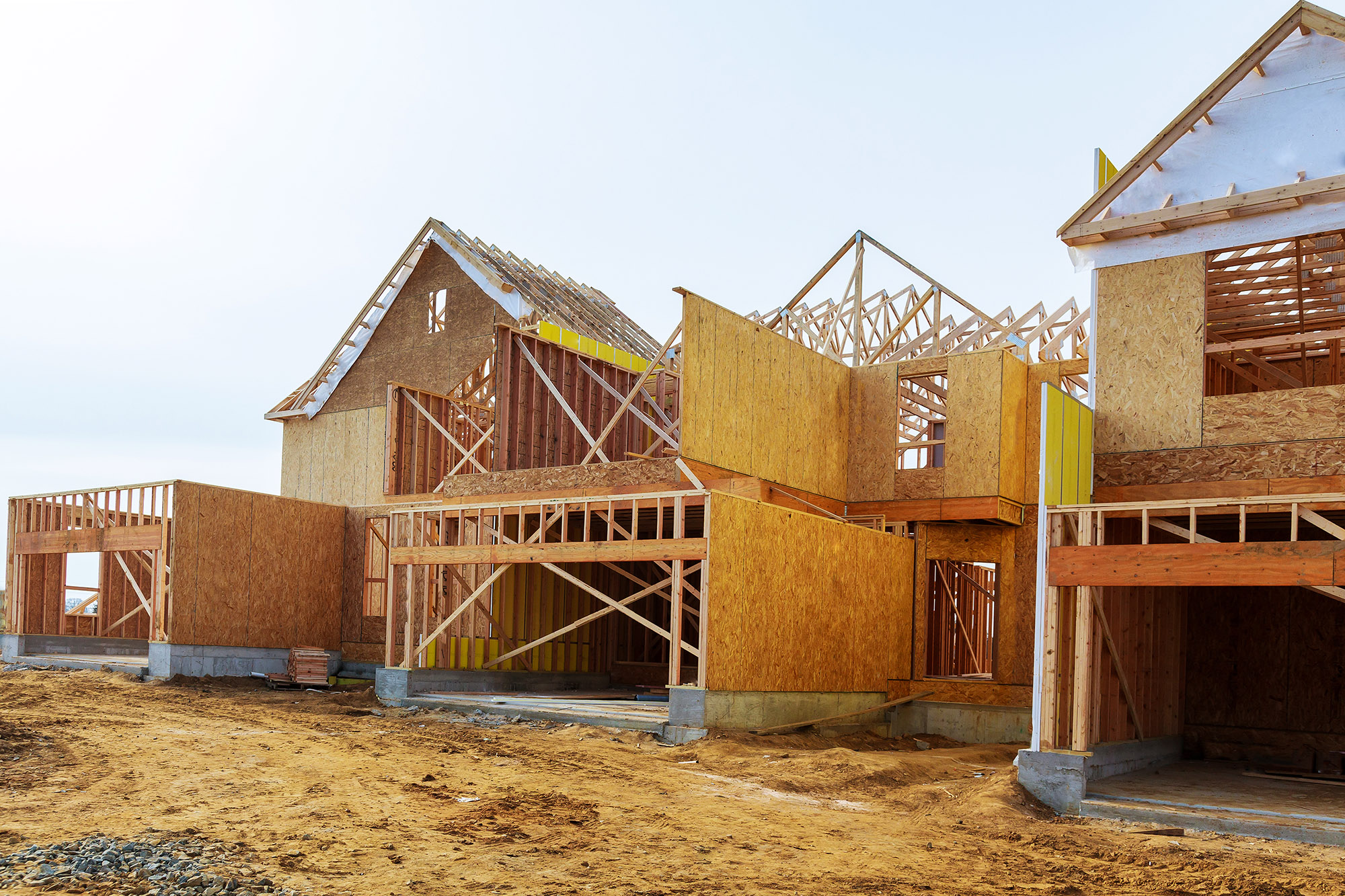Nonprofits Play Key Role in Repairing U.S. Homes
Private sector spending on improvements and repairs to U.S. homes is approximately $300 billion a year. Yet as a new Joint Center working paper shows, each year nonprofit organizations and public agencies are also investing resources into the rehabilitation and repair of the homes of America’s most vulnerable households—including the elderly, disabled, and those with low-incomes—who might not otherwise be physically or financially able to undertake critical home remodeling and repair projects themselves. Major nonprofits such as Rebuilding Together, Habitat for Humanity, Enterprise Community Partners, the Local Initiatives Support Corporation, and NeighborWorks America, as well as thousands of local community development organizations across the country, are filling a significant and growing need, largely unmet by the private sector, by investing considerable resources—financial, technical, and direct provision of services—to make homes safer, healthier, more energy efficient, and more accessible for disadvantaged households.
The recent foreclosure crisis and sluggish economy undermined years of efforts to stabilize and improve distressed neighborhoods in cities across the country, only adding to the need for nonprofit and public sector involvement. Until this past cycle, housing inadequacy—a measure of the physical condition of housing units—had been on the decline in the United States, largely due to the success of government housing policies and the growing affluence of the population. Since the housing market bust, however, this trend has reversed with the number of moderately or severely inadequate homes increasing by 7% between 2007 and 2011 to 2.4 million units. Certainly the severe housing and economic downturn had a measurable impact on the quality of the nation’s housing.
While a comprehensive data source of home rehabilitation and repair activity by nonprofits and public agencies does not exist, this new Joint Center working paper provides some insight into the topic. Rebuilding Together, one of the nonprofits in the study, provides critical home rehabilitation and modification services to low-income homeowners through its extensive network of local affiliates. A member of the Joint Center’s Remodeling Futures Steering Committee, the organization provided support for an affiliate and homeowner survey that collected data on the various types of projects undertaken by their affiliates, as well as demographic and socioeconomic information about the homeowners served and their experience partnering with Rebuilding Together.
Recent spending on home repairs and replacements, as reported by participating households, suggests that many of the homes worked on by Rebuilding Together have seen significant under-investment over the years. While the average American homeowner spent $3,000 on home improvements and repairs in 2011, according to Joint Center analysis of the American Housing Survey, almost two-thirds of Rebuilding Together program participants reported having spent less than $500 on average in the past year—fully 80% less than the typical homeowner in the U.S. Indeed, according to estimates developed by Rebuilding Together affiliates and the Joint Center’s Remodeling Futures Program, the homes serviced by Rebuilding Together were so in need after years of deferred maintenance, that the average value of the rehabilitation and repair projects undertaken by Rebuilding Together was in excess of $6,000 per home, or twice the annual amount spent by the typical homeowner in the U.S.
Home improvement expenditures under the Rebuilding Together program in 2011 were heavily oriented toward exterior replacements and kitchen and bath improvements—projects that would produce the greatest gains in key program objectives such as health and safety concerns, accessibility, and savings in energy use. Typical projects included additions or replacements of steps, ramps, railings, grab bars, windows and doors, roofing, insulation, energy-saving appliances, as well as painting and plumbing and electrical repairs. In the end, Rebuilding Together participants reported significant improvements in health and safety concerns, improvements in accessibility, and energy use savings as a result of nonprofit involvement.

While a more precise estimate is unavailable, hundreds of millions of dollars are spent each year by nonprofits such as Rebuilding Together, community organizations, and public agencies. Their contributions not only improve conditions for residents, they also help preserve badly-needed affordable housing opportunities, stabilize and revitalize deteriorating neighborhoods—of special importance in recent years—and encourage neighborhood stability by helping long-term residents of the community to remain safely in their homes.

